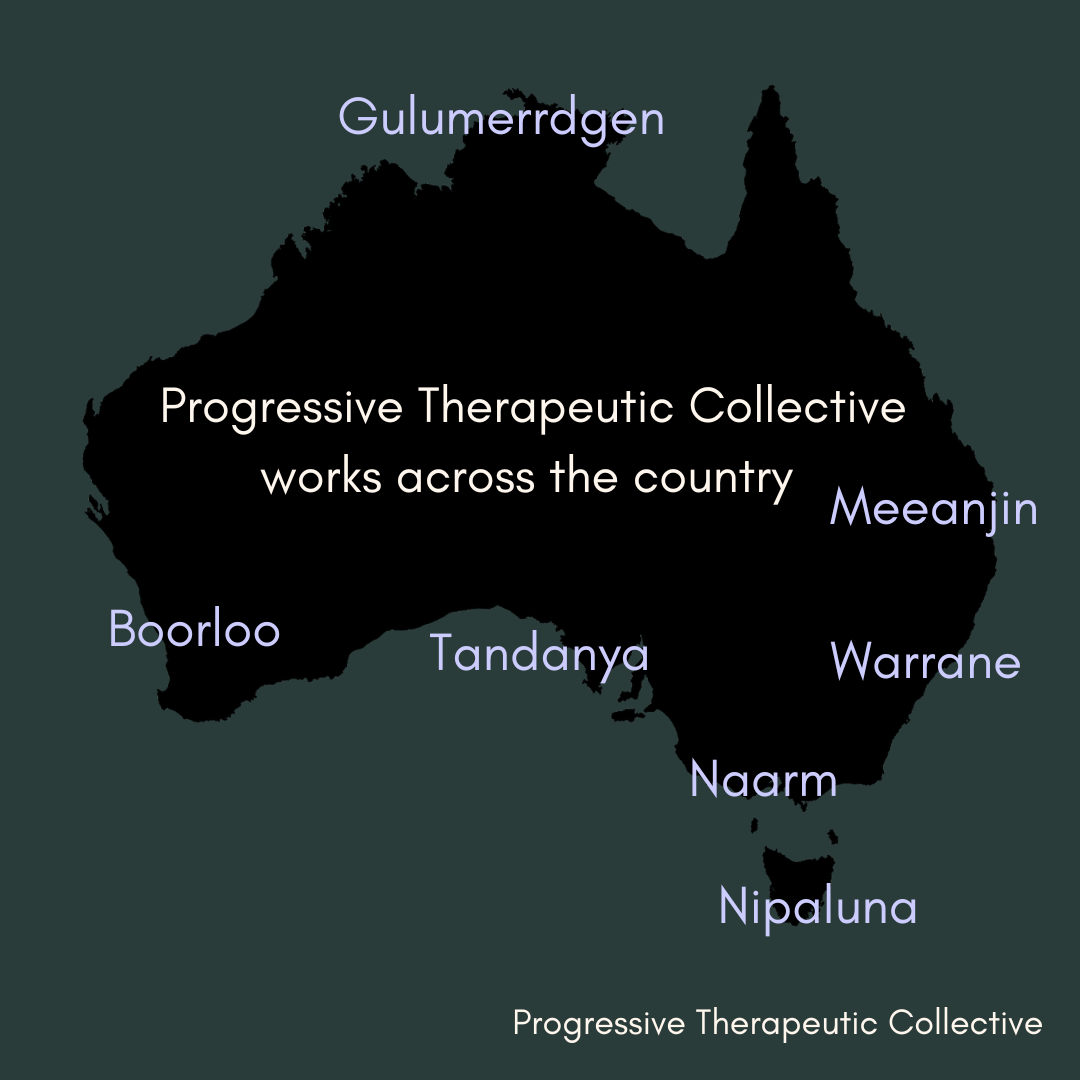Research: Perpetration of sexual violence in a community sample of adult Australians
A recent study published in Statistical Bulletin 45 by the Australian Institute of Criminology (AIC) provides critical insights into the prevalence of self-reported sexual violence perpetration among adults in Australia. This research addresses a significant gap in understanding the drivers of sexual violence and informs prevention efforts aimed at perpetrators rather than victims.
Key Findings
High Rates of Perpetration:
Overall Prevalence: 22.1% of respondents aged 18-45 reported perpetrating at least one form of sexual violence since turning 18.
Recent Perpetration: 9.9% had done so in the past 12 months.
Gender Differences:
Men: 26.4% of men reported perpetrating some form of sexual violence during adulthood, with 13.2% doing so in the past year.
Women: 17.7% of women reported perpetrating sexual violence during adulthood, with 6.6% in the past year.
Men were significantly more likely than women to perpetrate all forms of sexual violence examined.
Types of Sexual Violence:
Sexual Harassment and Coercion: The most common, with 16.1% of respondents engaging in such behaviors during adulthood and 7.3% in the past year.
Sexual Assault: 11.4% of respondents reported perpetrating sexual assault ever during adulthood, with 5.0% in the past 12 months.
Image-Based Sexual Abuse (IBSA): 3.3% had engaged in IBSA during adulthood, with 2.1% in the past 12 months.
Multiple Forms of Violence:
A significant portion of perpetrators engaged in multiple forms of sexual violence, with men more likely to do so compared to women.
Implications
This study underscores the critical need for comprehensive data on sexual violence perpetration to effectively address and prevent such behavior. The findings highlight several important areas for policy and intervention:
Gender-Specific Interventions:
The stark gender differences in perpetration rates indicate a need for targeted prevention programs, especially focused on men.
Educational Programs:
Developing and implementing educational initiatives that address consent and respectful relationships from a young age can be crucial in preventing sexual violence.
Support for Vulnerable Populations:
Ensuring support and resources for populations disproportionately affected by sexual violence, such as those from non-English-speaking backgrounds, LGBTQ+ individuals, and First Nations people.
Improved Data Collection:
Continued efforts to collect and analyze data on both victimization and perpetration are essential for understanding and addressing the full scope of sexual violence.
By focusing on the perpetrators and understanding the behaviors leading to sexual violence, Australia can develop more effective strategies to reduce and eventually eliminate sexual violence in the community.
For more detailed information and access to the full study, visit the Australian Institute of Criminology's website and refer to Statistical Bulletin 45.

